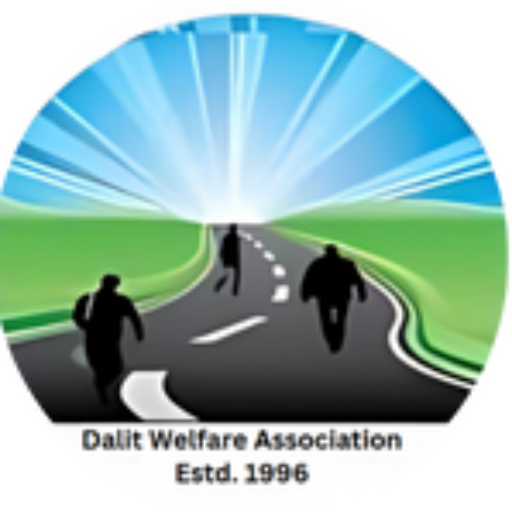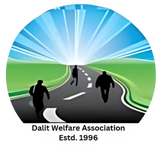Dalit identity is deeply rooted in history and encompasses a complex journey of resilience, resistance, and transformation. This blog explores the origins, societal challenges, and inspiring achievements of Dalit communities worldwide.
Table of Contents
- Introduction to Dalit Identity
- Historical Background of Dalit Communities
- 2.1 The Origins of the Caste System
- 2.2 Social Stratification and Its Impact on Dalits
- Key Challenges Faced by Dalit Communities
- 3.1 Social Exclusion
- 3.2 Economic Inequality
- 3.3 Educational Disparities
- Triumphs and Achievements of Dalit Communities
- 4.1 Pioneering Figures in Dalit Advocacy
- 4.2 Dalit Contributions to Art, Literature, and Politics
- Global Movements for Dalit Rights
- Conclusion: The Path Forward
- FAQs on Dalit Identity
1. Introduction to Dalit Identity
The term “Dalit” signifies the oppressed or broken and refers to communities historically marginalized due to the rigid caste system in South Asia. While deeply tied to India, the Dalit struggle resonates globally as a symbol of resistance against systemic discrimination.
2. Historical Background of Dalit Communities
2.1 The Origins of the Caste System
The caste system, rooted in Hindu scriptures such as the Manusmriti, classified society into hierarchical groups. Dalits, often referred to as “untouchables,” were excluded from this hierarchy, facing severe discrimination and dehumanization.
2.2 Social Stratification and Its Impact on Dalits
Dalits were relegated to the lowest rung of society, performing “polluting” jobs such as sanitation and manual scavenging. Over centuries, this marginalization solidified into systemic barriers.
3. Key Challenges Faced by Dalit Communities
3.1 Social Exclusion
Dalits have historically been segregated in housing, schools, and religious spaces. Even today, incidents of caste-based violence and discrimination persist in many regions.
3.2 Economic Inequality
Access to land, jobs, and resources has been severely restricted for Dalits. Despite affirmative action policies, economic disparity remains a significant challenge.
3.3 Educational Disparities
Low literacy rates among Dalit communities, driven by systemic barriers, continue to limit access to quality education. However, increasing awareness has spurred efforts toward educational empowerment.
4. Triumphs and Achievements of Dalit Communities
4.1 Pioneering Figures in Dalit Advocacy
Dr. B.R. Ambedkar, a Dalit scholar and leader, played a pivotal role in drafting India’s Constitution and advocating for social justice. Other leaders, such as Jyotirao Phule and Periyar, championed equality and reform.
4.2 Dalit Contributions to Art, Literature, and Politics
Dalit writers like Omprakash Valmiki and artists like Chandramohan S have redefined narratives, bringing their lived experiences to the forefront. Dalit politicians have also risen to power, challenging entrenched systems of inequality.
5. Global Movements for Dalit Rights
The fight for Dalit rights has transcended borders, with global organizations advocating against caste discrimination. The United Nations has recognized caste-based discrimination as a human rights issue, amplifying the voices of marginalized communities.
6. Conclusion: The Path Forward
Understanding Dalit identity is essential for building an equitable society. By addressing systemic barriers, promoting education, and amplifying Dalit voices, we can pave the way for a more inclusive future.
7. FAQs on Dalit Identity
Q1. What does the term “Dalit” mean?
“Dalit” means oppressed or broken, signifying the resilience of communities historically marginalized under the caste system.
Q2. How has the caste system impacted Dalits?
The caste system relegated Dalits to the lowest social status, leading to exclusion, economic deprivation, and lack of access to education and opportunities.
Q3. What are some recent achievements of Dalit communities?
Dalits have made strides in politics, literature, and education, with leaders like Dr. Ambedkar serving as global icons of social justice.
Q4. How can individuals support Dalit rights?
Educate yourself on caste issues, amplify Dalit voices, and advocate for policies that promote equality and inclusion.

